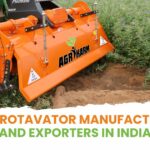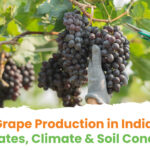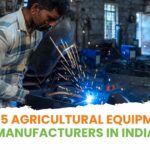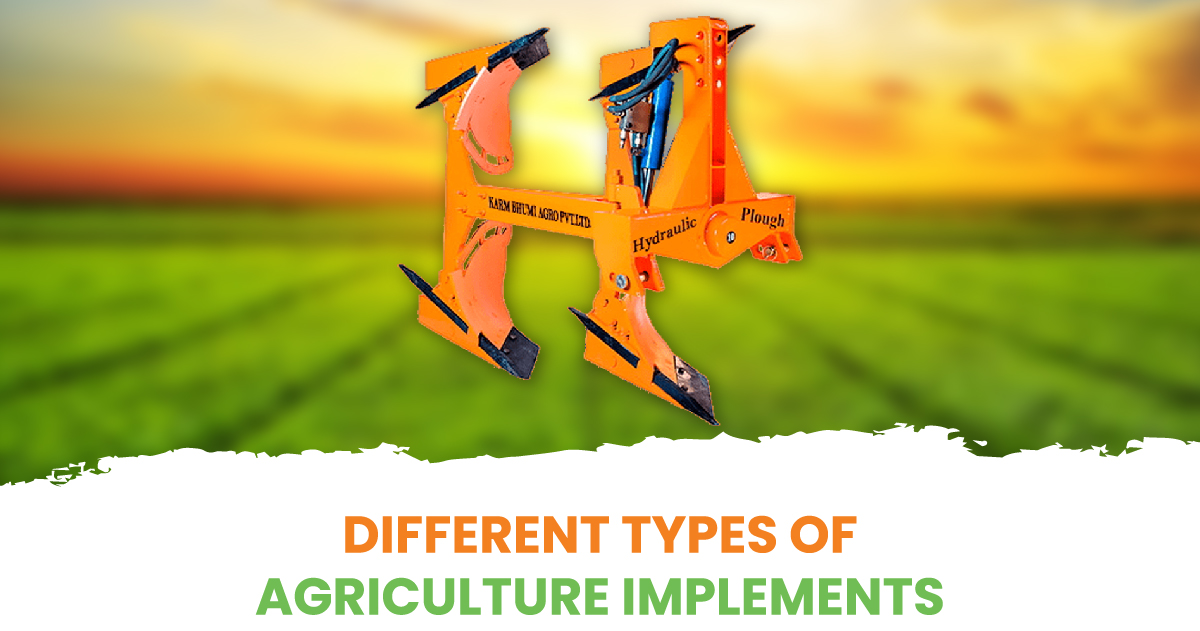
Agricultural implements are tools, machines and equipment used to assist in farming activities. They are broadly categorized based on their function or purpose. These farming implements help improve efficiency, reduce labor, and increase productivity in farming.
In this blog, we have compiled the breakdown of various agricultural implements and discussed the popular implements used in agriculture.
Classification of Various Agricultural Implements
Agricultural implements can be classified into several categories based on their functions in the farming process.
Primary Tillage Implements
These are used for initial soil preparation and breaking hard soil.
- Ploughs (Mouldboard, Disc, Chisel)
- Subsoilers
- Rotavators
Secondary Tillage Implements
These are used for finer soil preparation after primary tillage to create a seedbed.
- Harrows (Disc harrow, Spike tooth harrow, Spring tooth harrow)
- Cultivators (Field cultivators, Row crop cultivators)
- Rollers (Cultipackers)
Seed Sowing and Planting Implements
These tools help in placing seeds and seedlings into the soil.
- Seed Drills
- Planters
- Dibblers
- Transplanters
Weeding and Inter-Cultivation Implements
These tools help control weeds and perform soil aeration during crop growth.
- Hoes
- Weeders
- Inter-row Cultivators
Fertilizing and Manure Handling Implements
Implements used for applying fertilizers and handling manure.
- Fertilizer Broadcasters
- Manure Spreaders
Irrigation Implements
Implements used for water management and irrigation.
- Sprinklers
- Drip Irrigation Systems
- Water Pumps
Harvesting and Threshing Implements
Implements used for harvesting crops and separating grain.
- Harvesters (Combine harvesters, Forage harvesters)
- Threshers
- Reapers
Post-Harvest Implements
Implements for processing crops after harvest i.e. for storage or market.
- Grain Dryers
- Winnowers
- Chaff Cutters
Miscellaneous Implements
These include other farm tools and implements.
- Balers (For hay baling)
- Rotary Tillers
Popular Implements Used in Agriculture
Farming implements are essential tools used in agriculture to aid in various farming operations. Few of the popular implements used in agriculture are below:
Plows
A plow (or plough) is an essential agricultural implement used for tilling or turning over the soil to prepare it for planting crops. It is one of the oldest farming tools, traditionally pulled by animals like oxen or horses, and in modern times by tractors.
A Plow cuts, lifts, and inverts the soil, which helps in burying weeds, crop residue, and pests. It also improves soil aeration and seed bed formation.
There are various types of plows such as the moldboard plow, disc plow, chisel plow, and reversible plow, each designed for specific soil conditions and farming practices.
Harrows
A harrow is an agricultural implement used to break up and smooth the soil surface, preparing it for planting. It is typically used after plowing to refine the soil by breaking clods, removing weeds, and leveling the land. Unlike a plow, which cuts through the soil deeply, a harrow works on the surface, helping to create a fine tilth ideal for seed sowing.
There are several types of harrows, including: Disc Harrow, Tine Harrow, Spring-tooth Harrow and Chain Harrow.
Cultivators
Cultivators are essential farming implements used primarily for secondary tillage, helping to break up soil clods, aerate the soil, and prepare a fine seedbed for planting. Modern cultivators come in several types, including spring-loaded and rigid-tine designs, with variations based on the number of tines, tine spacing, and adjustments for soil depth.
Spring-loaded cultivators are excellent for stony or rough fields due to their shock absorption. Power cultivators, often tractor-mounted, enhance efficiency by reducing labor and time, making them ideal for larger fields.
Rotavators
A rotavator is a mechanical agricultural implement used for tilling soil and preparing land for planting. It works by breaking, aerating, and turning the soil using rotating blades, often referred to as tines or rotors. Rotavators are mounted on tractors and powered by the tractor’s engine, making them highly efficient for larger farms. They help to reduce labor costs and time required for soil preparation compared to manual or animal-driven plowing.
Key benefits of rotavators include:
- Efficient soil preparation by mixing crop residue into the soil.
- Improved soil aeration, which enhances water absorption and root growth.
- Reduction of weeds and soil compaction.
Seed Drills
Seed drills are agricultural implements used to sow seeds in a precise and efficient manner, ensuring uniform depth, spacing, and seed placement. This helps in optimizing crop growth by providing better soil contact and reducing the waste of seeds.
Seed drills can be used for various crops, and they typically consist of a hopper to hold the seeds, tubes to direct the seeds into the soil, and coulters or discs to create furrows for planting.
There are different types of seed drills, such as:
- Manual seed drills for small-scale farming.
- Mechanical seed drills which are drawn by tractors, commonly used in larger fields.
- Pneumatic seed drills, which use air pressure to distribute seeds evenly, often used for precise planting.
Sprinklers
Sprinklers are agricultural implements used for irrigation, delivering water to crops in a controlled, efficient manner. They distribute water in a way that simulates natural rainfall, covering large areas with minimal manual labor. Sprinklers are commonly used in various farming systems for both small and large-scale agriculture.
Key Types of Sprinklers are Fixed Sprinklers, Portable Sprinklers, Rotating (Impact) Sprinklers and Drip Irrigation Sprinklers.
Harvesting Implements
Harvesting implements are specialized agricultural tools and machinery used to efficiently gather crops once they are mature and ready for harvest. These implements are designed to reduce the manual labor involved in harvesting and ensure minimal crop loss.
Some common types of harvesting implements are: combine harvesters, reapers, threshers, mowers and binders. The type of harvesting equipment used depends on the crop and the farming practices in place.
Levellers
Levellers, also known as land levelers or land graders, are agricultural implements designed to level the surface of a field. They play a crucial role in preparing land for sowing or irrigation by ensuring a flat and even surface, which helps in efficient water distribution and improved crop yields.
Levellers are typically towed behind a tractor and can be adjusted to different angles or depths depending on the field’s requirements. They come in various designs, such as manual, laser-guided, or hydraulic, depending on the scale of operation and precision needed.
CONCLUSION
Each of these implements plays a vital role in modern farming, enabling farmers to perform their tasks more effectively and efficiently. They are designed for specific agricultural tasks to increase efficiency and productivity in farming.

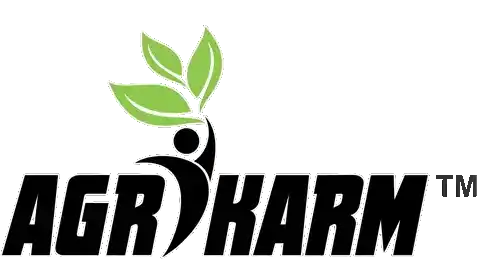
 Admin
Admin 